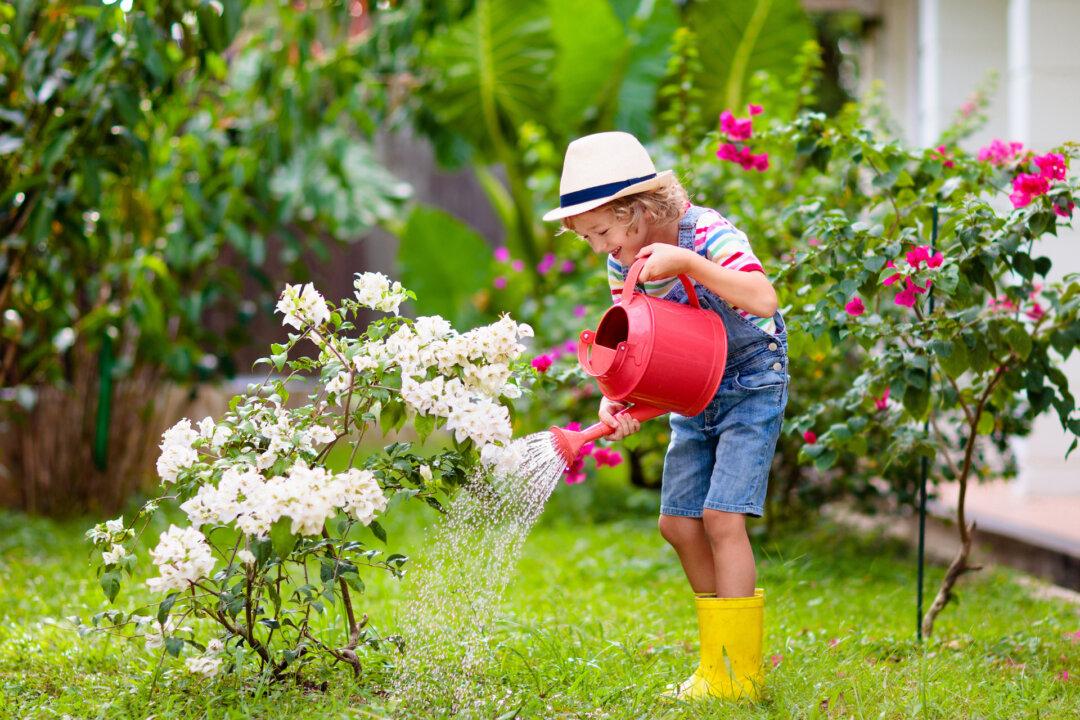Although summer is prime vegetable gardening season across the country, many gardeners may be surprised to learn that many of the most common plants grown prefer temperatures in the 59- to 86-degree F range, with even “summer plants” such as tomatoes, peppers, and melons thriving best in the 70s and 80s.
Because of that, things get tricky when the temperature goes over 90 degrees for long periods of time. Tomatoes and peppers may not pollinate properly and drop flowers instead of setting fruit, while the sugar content of melons and sweetness of carrots will be reduced. In fact, most plants will start to show some signs of stress.





